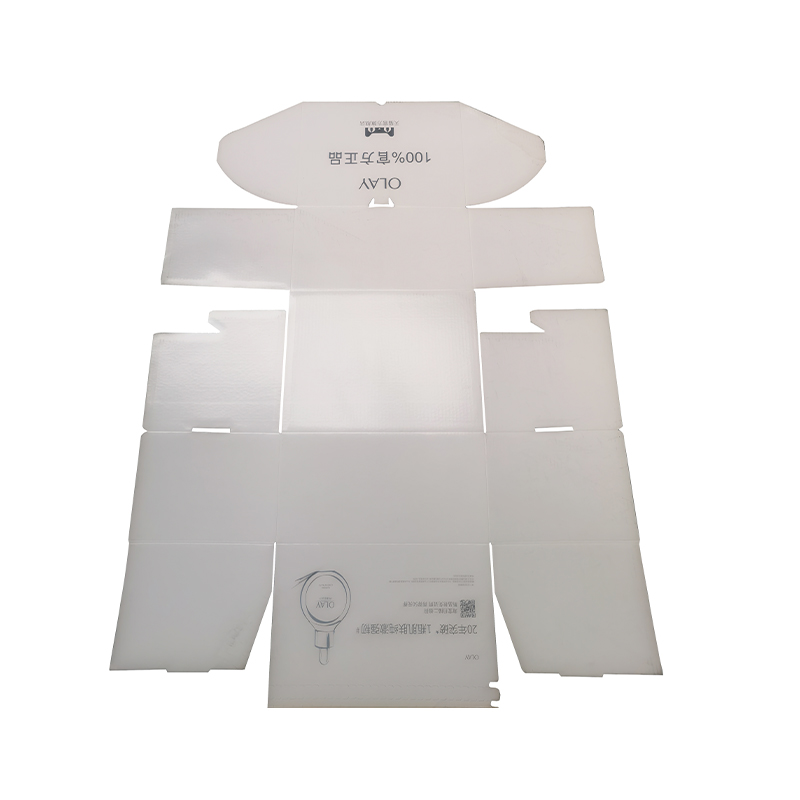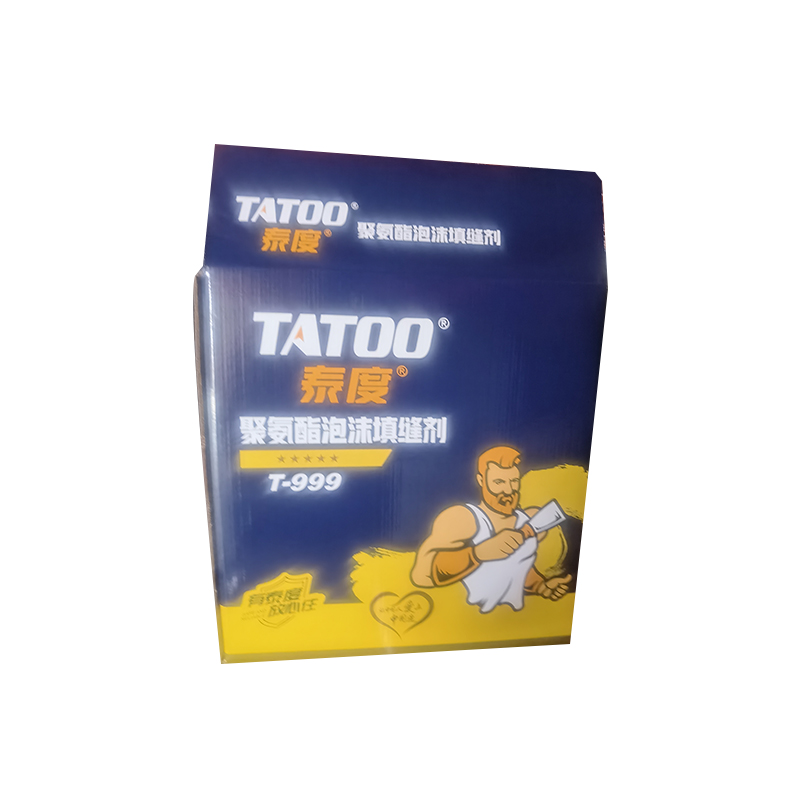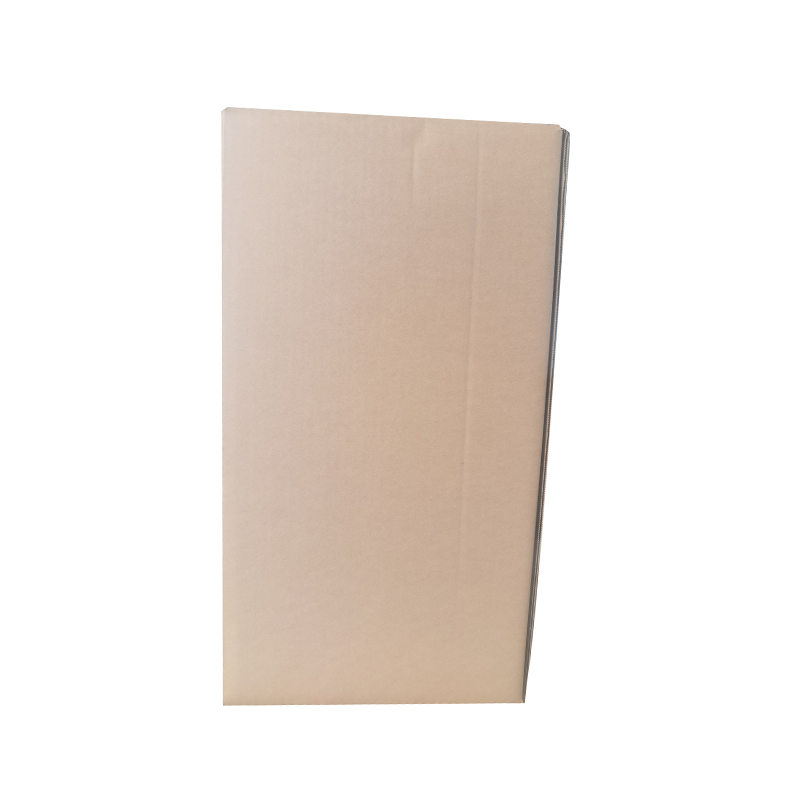How to avoid debonding and edge delamination during the bonding process in cowhide box production?
Release Time : 2025-10-11
In cowhide box production, the stability of the bonding process directly impacts the quality of the finished product. Debonding and edge delamination are often caused by a combination of material properties, process parameters, and environmental factors, requiring systematic optimization to achieve reliable bonding.
The fiber structure and surface treatment of kraft paper are fundamental factors influencing bonding effectiveness. Imported kraft paper, due to its high wood pulp purity and high fiber hardness, is difficult for ordinary glues to penetrate quickly, resulting in a weak interface in the bonding layer. For example, untreated kraft paper has a natural waxy layer on its surface, which hinders adhesive penetration. For such materials, it is necessary to select specialized glues with fast initial bonding and strong penetration. Alternatively, plasma treatment, corona discharge, or other methods should be used before bonding to break down the dense surface layer and increase the contact area between the adhesive and the fiber.
Controlling the glue application during the bonding process is crucial to avoiding delamination. Traditional manual glue application is prone to uneven application, resulting in localized glue shortages. Automatic glue spraying systems adjust nozzle pressure and glue volume according to the thickness of the kraft paper. For example, laminated or varnished cowhide boxes require an unlaminated area at the gluing joint, or the surface coating must be pierced with a die-cutting needle and thread cutter to allow the adhesive to directly contact the paper fibers. Furthermore, hot melt adhesive spraying technology can melt the surface material at the gluing joint at high temperatures, enhancing mechanical adhesion and making it particularly suitable for gluing the edges of high-weight cowhide boxes.
The matching of pressure and curing time plays a decisive role in bond strength. After gluing cowhide boxes, the press must apply uniform pressure to ensure that the adhesive layer fully fills the gaps between the fibers. Insufficient air pressure in the press conveyor or excessive spacing between the stacked sheets will reduce the contact area and create stress concentration points. Furthermore, the curing environment requires strict temperature and humidity control. Low temperatures reduce the fluidity of the adhesive, making it prone to false bonding; high temperatures can accelerate adhesive degradation. It is recommended to maintain a workshop temperature between 20°C and 25°C, a humidity between 50% and 60%, and extend the curing time to ensure complete crosslinking of the adhesive layer.
Equipment accuracy and operating procedures ensure process stability. Inadequate die-cutting precision can lead to dimensional deviations at the gluing edge, resulting in uneven adhesive distribution. Excessively wide indentation lines can disrupt fiber continuity and reduce local strength. For example, in a box bottom lock structure, the corrugated paper and the face paper must be aligned to avoid uneven pressure on the overhanging surface. Operators must regularly check equipment status, such as for issues like clogged glue guns and worn plasma gun tips, and promptly replace wearing parts to prevent batch defects caused by equipment failure.
Material compatibility must be controlled from the source. In cowhide box production, insufficient adhesion between the varnish layer and the paper coating can cause the coating to fall off when the glue is peeled off. Corrugated box lining paper is highly absorbent, and insufficient glue will prevent it from penetrating the core layer, creating the risk of delamination. Therefore, strict testing of raw material indicators such as dyne value and water absorption is necessary to ensure compatibility with the adhesive's performance. For example, OPP gloss film must have a dyne value of ≥34; otherwise, surface treatment is required to improve adhesion.
Process optimization requires dynamic adjustment based on product type. Standing-seam cowhide boxes require higher initial adhesive strength due to their smaller bonding area. Multi-point-bonded cartons require four- or six-point positioning to ensure structural symmetry. For irregular-shaped cartons, pre-folding can reduce the force required to open the box and reduce stress on the bonding edges. Furthermore, winter production requires increased glue usage and longer pressing times, while summer production requires the use of high-temperature-resistant adhesives to prevent softening and delamination.
From material pretreatment to equipment maintenance, process parameter control, and environmental management, the cowhide box bonding process requires a multi-faceted approach to prevent delamination and debonding. This systematic optimization not only improves product quality but also extends the lifespan of the cowhide box, meeting the dual requirements of structural strength and aesthetic quality for high-end packaging.







